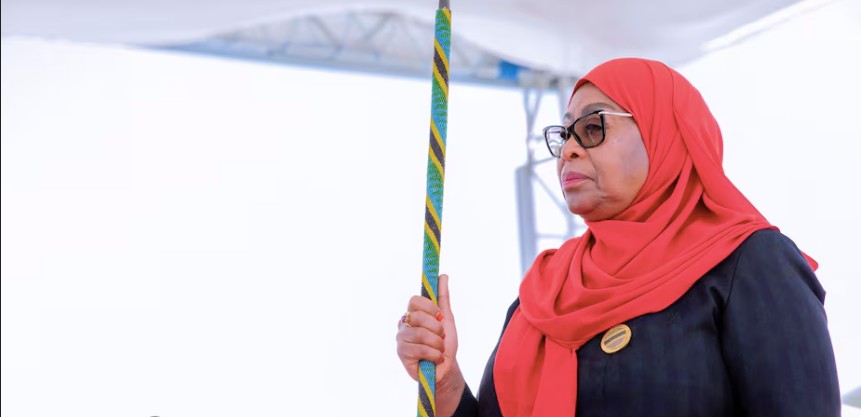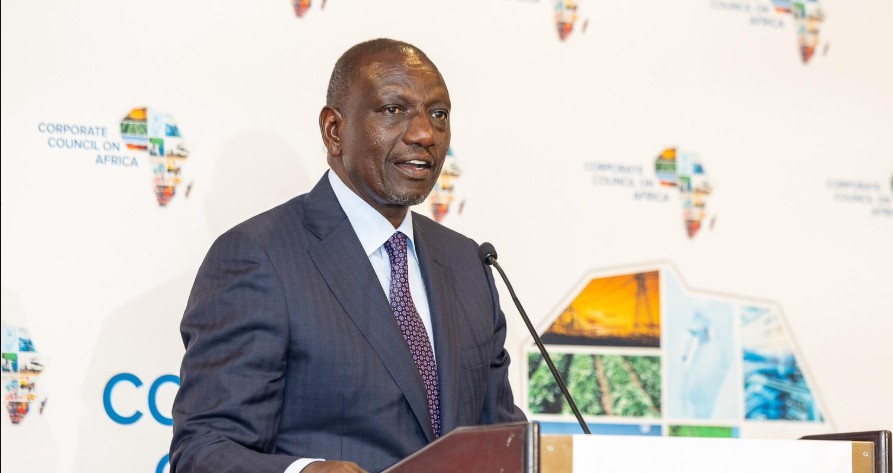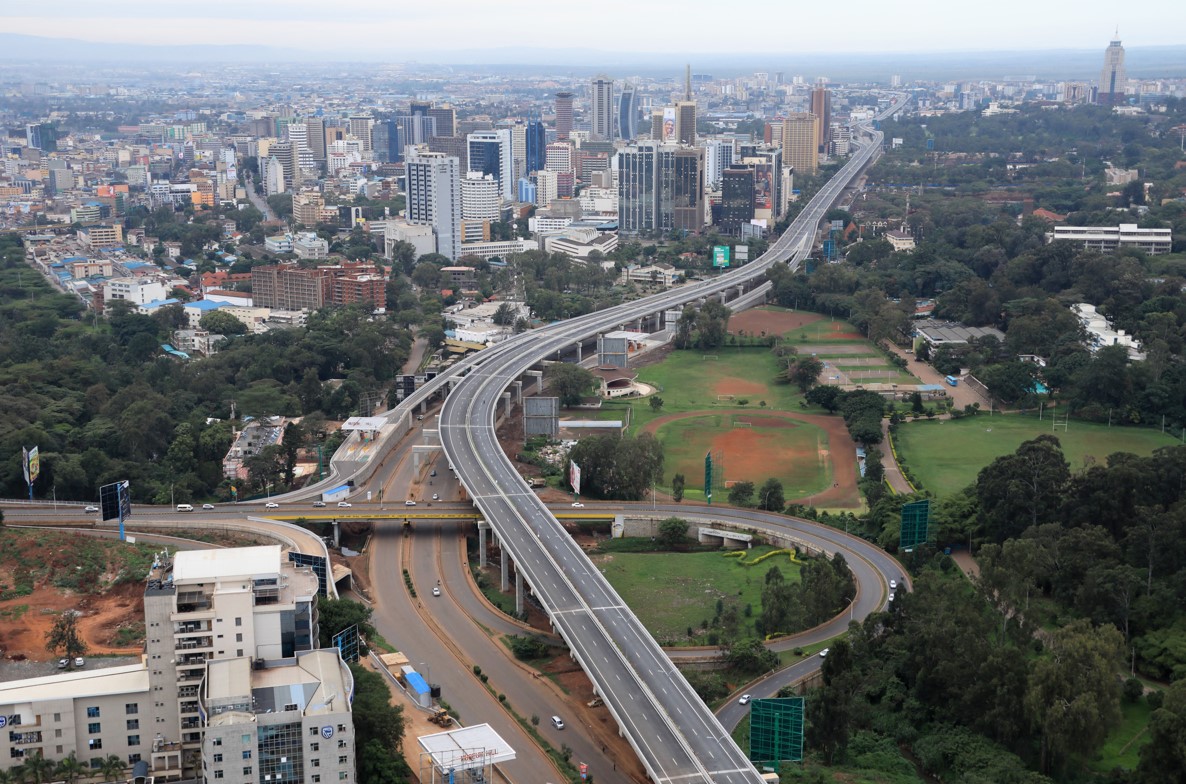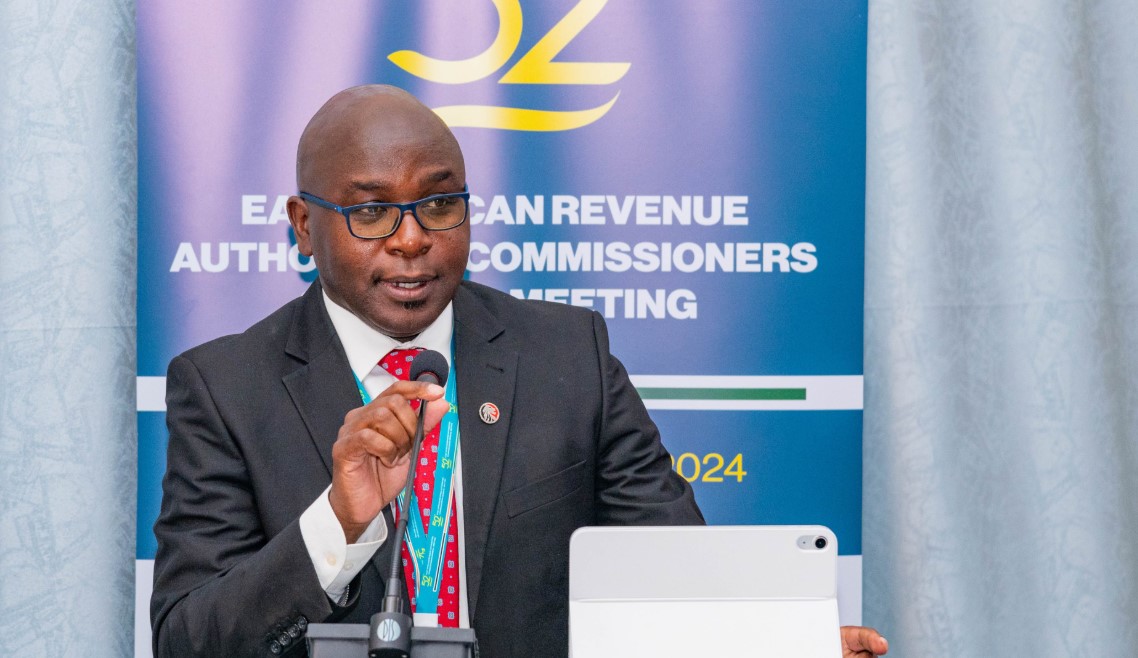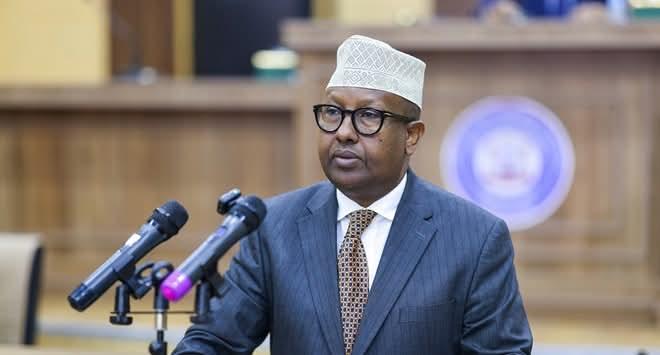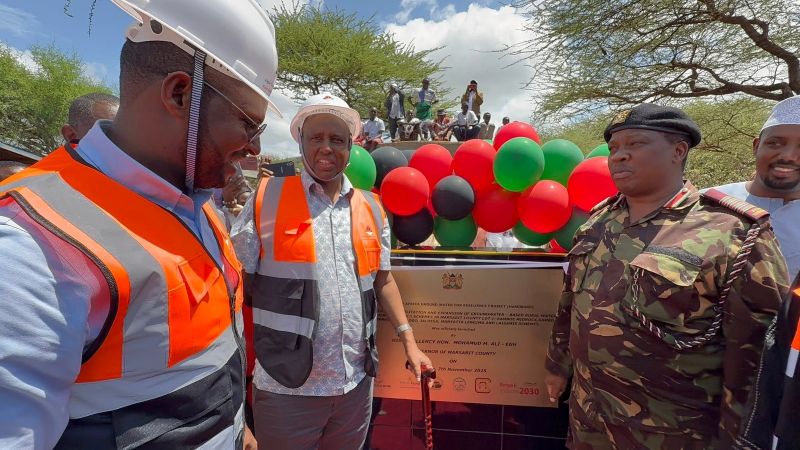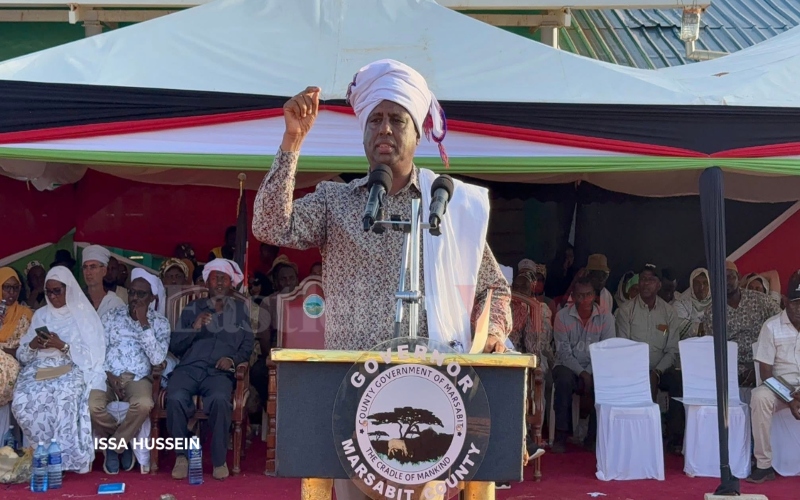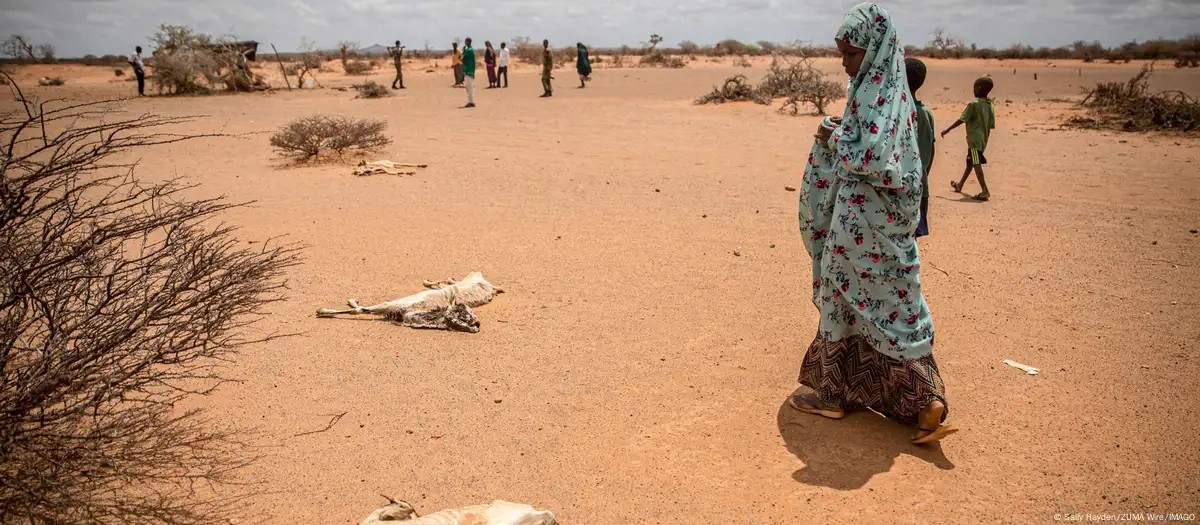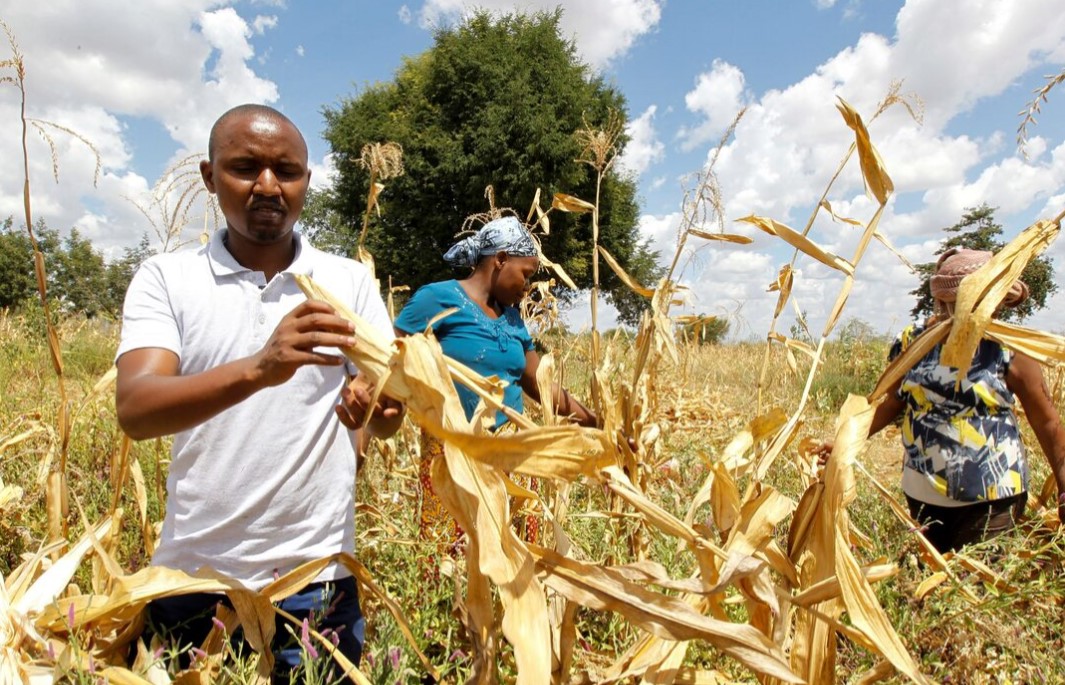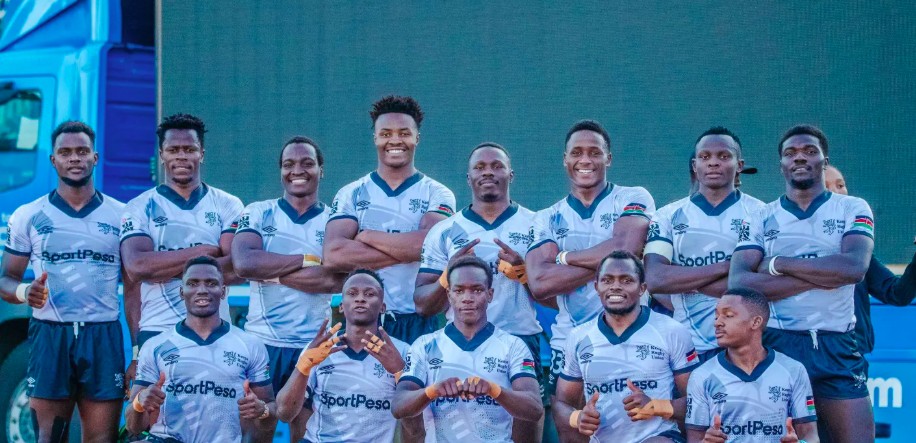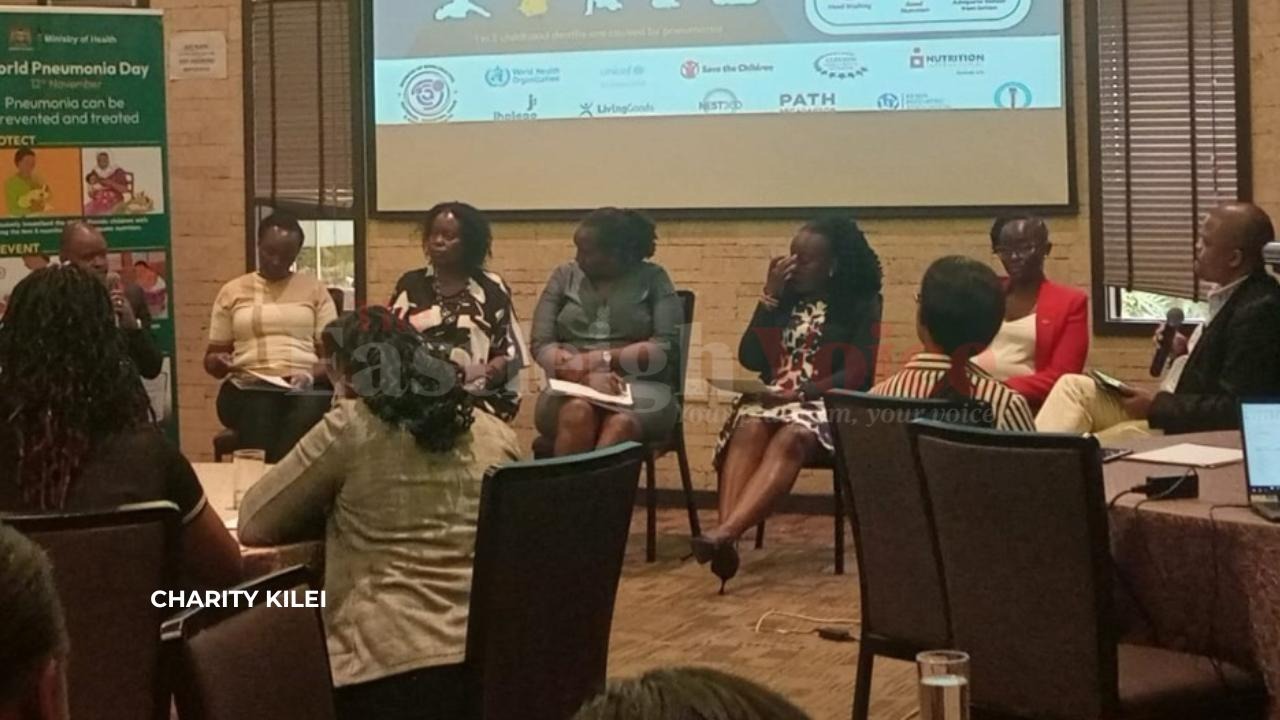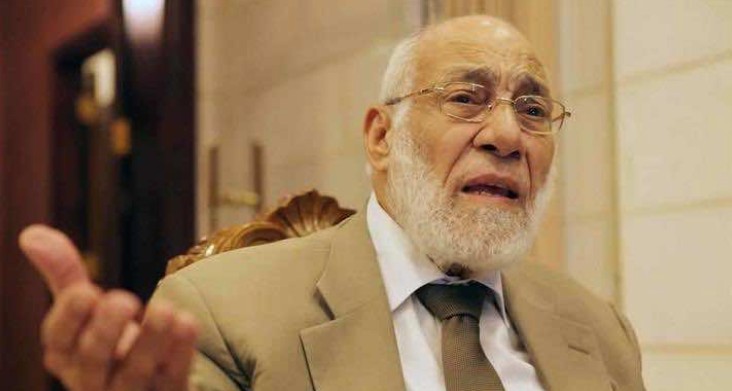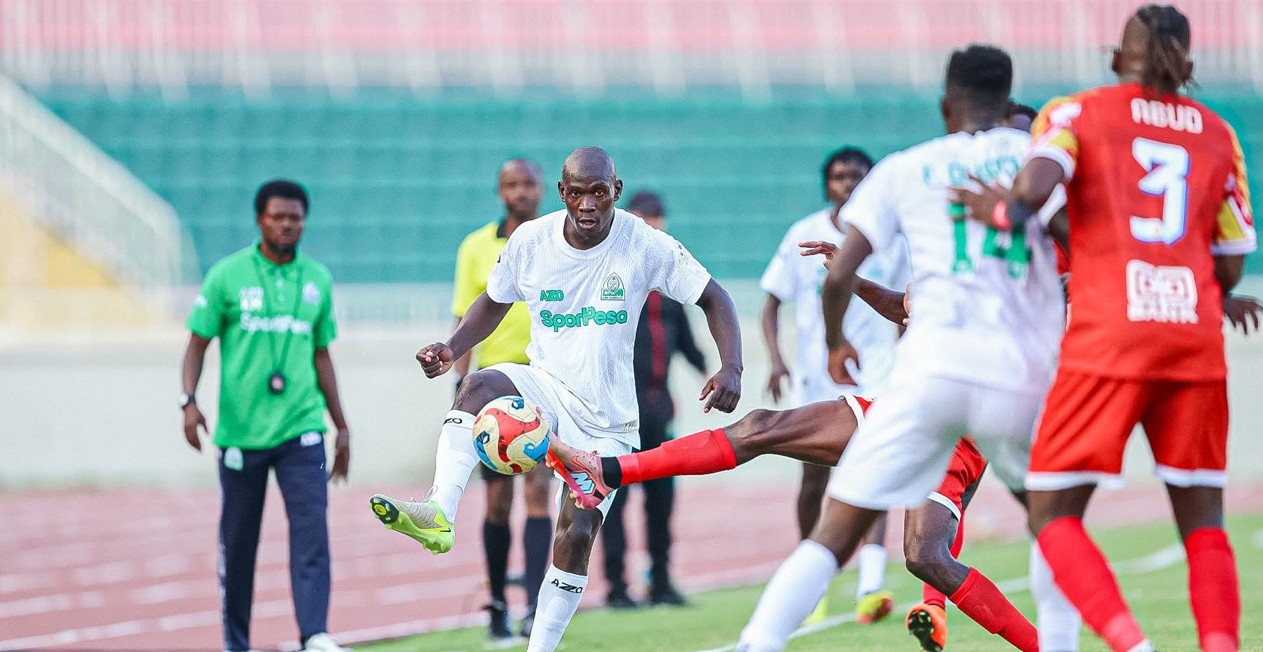SGR revenue hits Sh936 million as passenger numbers fall to 529,591
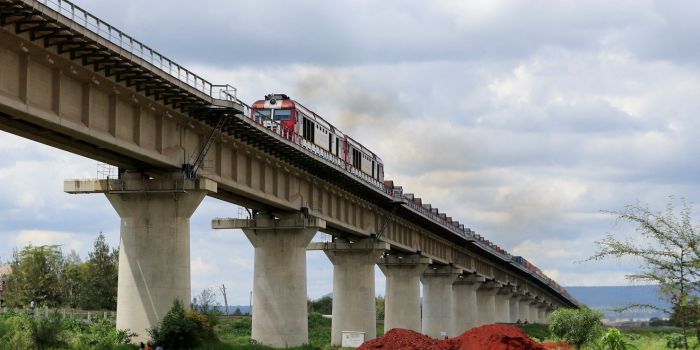
Between January and March this year, 529,591 passengers travelled on the SGR, down from 531,673 during the same period last year, and 597,506 in the first quarter of 2023 as reported by Business Daily.
As fewer Kenyans board the standard gauge railway trains, ticket prices have quietly picked up the slack, keeping the railway’s earnings on track even as the ride loses its charm.
For the third year in a row, passenger numbers on the SGR have fallen, but higher fares introduced in January have helped offset the slump.
More To Read
- Kenya to raise Sh390 billion bond for Naivasha–Malaba SGR extension
- Auditor General warns Kenya Railways’ Sh569 billion loan default could burden taxpayers
- Tanzania resumes SGR passenger services after Ruvu derailment
- Tanzania's SGR train derails at Ruvu, operations temporarily halted
- SGR passenger ticket sales hit Sh2 billion in half-year despite fare hike
- Kenyan children bring Chinese-built railway's story to life through murals
Between January and March this year, 529,591 passengers travelled on the SGR, down from 531,673 during the same period last year, and 597,506 in the first quarter of 2023 as reported by Business Daily.
This marks the lowest number of travellers since 2022 when 518,780 tickets were sold.
Despite carrying fewer passengers, Kenya Railways Corporation (KRC) collected Sh936.29 million in revenue in the three months, 6.2 per cent more than the Sh880.82 million recorded during the same window last year.
The increase in revenue followed a sharp fare hike that took effect at the start of the year.
From January 1, KRC raised the cost of first-class tickets for the Nairobi–Mombasa route to Sh4,500 from Sh3,000, and economy class to Sh1,500 from Sh1,000.
The price changes apply to both the express and inter-county services.
The corporation cited rising fuel costs as the reason for the adjustment, but the higher prices have made the train less attractive for many Kenyans, especially during a period of financial hardship.
Public frustration over the increased cost of travel has grown, even as the government continues to rely heavily on taxpayers to support the railway’s operations.
The SGR’s struggle to break even has seen the Treasury step in multiple times to bridge funding gaps.
In 2021, it controversially used Sh18.1 billion from the Petroleum Development Levy a fund sourced from motorists, to pay Africa Star Railway Operation Company, the Chinese firm managing the SGR.
The train’s income still falls short of what is needed to cover its running costs and repay the large loans borrowed to build it.
Kenya borrowed $5.08 billion (Sh656.28 billion at current exchange rates) from China to finance the construction of the line and buy locomotives and coaches. Repayment of the loan began in 2020 after a five-year grace period ended.
Kenya now plans to seek an additional Sh502.9 billion from China to extend the SGR from Naivasha to Kisumu and finally to Malaba.
The completion of this section is expected to connect Kenya’s rail network to Uganda, opening up a more seamless flow of goods and people between the two countries.
Top Stories Today
